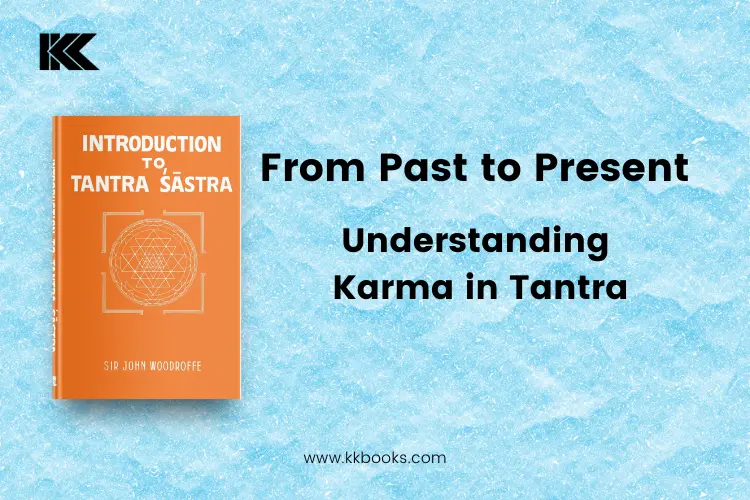Sir John Woodroffe, also known by his pseudonym Arthur Avalon, made significant contributions to the understanding of Tantra in the Western world through his seminal work, “Introduction to Tantra Śāstra.” One of the profound concepts explored in this book is the idea of karma, which plays a crucial role in the spiritual and philosophical framework of Tantra.
The Concept of Karma
Karma, derived from the Sanskrit word “kri,” meaning “to do” or “to act,” refers to the actions performed by an individual and the subsequent reactions that follow. In Tantra, karma is seen as the driving force behind the cycle of life, death, and rebirth. It encompasses all actions—physical, mental, and emotional—and their cumulative effects over lifetimes.
The Three Types of Karma
Sanchita Karma:
Sanchita karma is the accumulated store of past actions from all previous lifetimes. It is like a vast reservoir of all deeds, both good and bad, that have yet to manifest as experiences. This type of karma represents the total karmic debt and credit an individual carries. It is the sum total of all actions that have not yet borne fruit.
Prarabdha Karma:
Prarabdha Karma is a portion of Sanchita Karma that has “ripened” and is currently being experienced in this lifetime. It is the karma that has begun to bear fruit and is responsible for the circumstances and situations one faces in the present life. Often seen as destiny or fate, Prarabdha karma shapes the major events and experiences of one’s current life, such as birth, significant life challenges, and death. It is the result of past actions that are now unavoidable.
Agami Karma (also known as Vartamana Karma):
Agami karma refers to the actions performed in the present life that will bear fruit in the future. It is the karma that is being created now and will influence future lifetimes. This type of karma highlights the importance of present actions and their impact on future experiences. It emphasizes the role of free will and conscious decision-making in shaping one’s destiny.
The Interplay of Karma
The interplay of these three types of karma illustrates the complex web of cause and effect that governs the cycle of life. While Prarabdha karma dictates the current life circumstances, individuals have the power to influence their future through Agami karma. By understanding and consciously engaging with these karmic principles, one can work towards spiritual growth and liberation.
Conclusion
Sir John Woodroffe’s exploration of Tantra provides profound insights into the nature of karma and its role in the spiritual journey. By recognizing the different types of karma and their implications, individuals can navigate their lives with greater awareness and intentionality, ultimately striving for liberation from the cycle of birth and rebirth.
To learn more about karma and Tantra, explore Sir John Woodroffe’s “Introduction to Tantra Sastra.” Find your copy today at www.kkbooks.com!

